Triathlon Wetsuit Buying Guide
The triathlon is booked, you’ve bought a new bike and top of the line trainers – but what about a wetsuit?
Do you really need one? If you are competing, then due to health and safety, the short answer is YES! The really important question is which one to buy? Here’s everything you need to know about picking the perfect suit…
WHY?
So why do you need a new wetsuit, you can just use your surfing wetsuit, right? Wrong. For surfing you need a wetsuit that’s durable and will keep you warm. A triathlete needs flexibility to swim, and with the wrong wetsuit you’ll tire quickly, ultimately resulting in a slow swim.
Triathlon wetsuits can be very expensive, but if you are competing at the top level, that extra nanosecond may be worth the extra cost of a 2XU wetsuit. View our triathlon wetsuits.
For the normal guy/girl in the street doing a triathlon for personal achievement, a multisport wetsuit like the Billabong Absolute Comp or the Gul Response offer excellent flexibility/durability and can be used afterwards for all other watersports. Some of our top picks include:
- Billabong Absolute Comp
- Billabong Synergy (Ladies)
- GUL Response
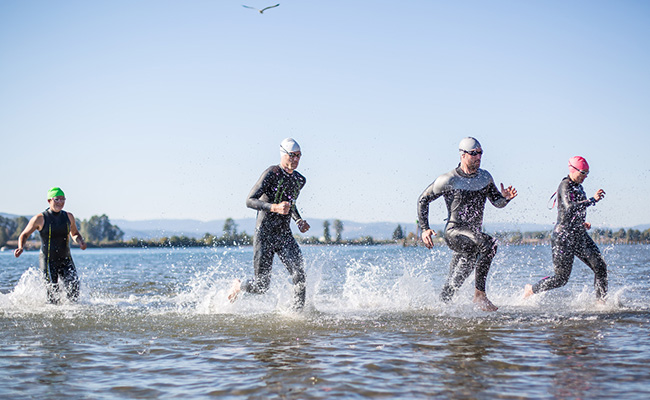
A WETSUIT PROVIDES:
Buoyancy is a big factor as it reduces drag in the water, meaning you use less of your energy to keep afloat. That could shave off previous seconds from your time and also gives swimmers more confidence in open water.
Warmth. Being very cold in the water will not only stop you being able to exert yourself fully but it could even be dangerous.
Speed. Yep, a wetsuit will speed you up! It’ll ease your breathing and make it easier to keep your hips and legs afloat. Research has proved that a wetsuit can save 80 seconds for every 1,500m for experienced triathletes.
WETSUIT STYLES:
Full cut – This is full on coverage from head to toe and is appropriate for 50-degree water.
Sleeveless – Made for water at 75 degrees.
Short cut – This is a knee length style and ideal for 75 degrees and above.
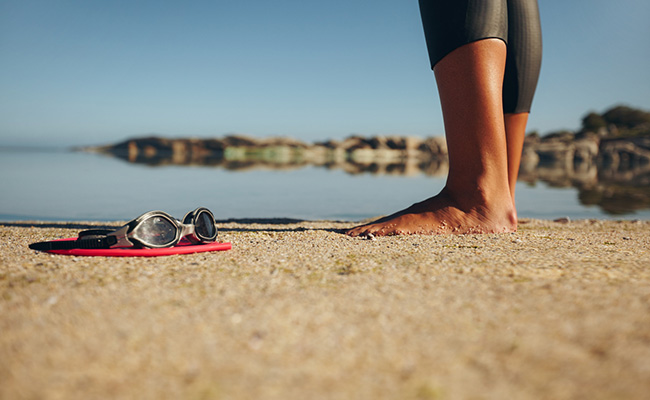
WHAT SHOULD I LOOK FOR WHEN BUYING A TRIATHLON WETSUIT?
1. Fit and flexibility
This is the most important aspect! Your ideal suit needs to be snug, but not too tight. There should be no folds or excess material when you’re wearing it and good shoulder mobility is crucial. Where the neckline sits should be comfortable and not too tight.
2. Comfort
You need to feel comfortable enough to move. If the suit is too tight your stroke will be restricted, but if it’s too loose then excess water will come in, slowing you down.
3. Stitching
The most commonly used method of bonding a wetsuit is by glueing the neoprene and then sticking across the seam. Very expensive suits are virtually seamless!
4. Price
These days you don’t have to spend a fortune to get a great quality wetsuit, especially if you check out our online deals. The more money you spend, the better quality the materials will be.
5. Neoprene thickness
The neoprene panels that make up wetsuits vary in thickness up to 5mm. Thinner panels are used around the shoulders and the back where less buoyancy is required.
6. Coating
More expensive wetsuits will have a water repellent coating that helps you glide through the water super fast.
Updated on 28th March 2019
Originally published on 4th May 2017 in Triathlon










































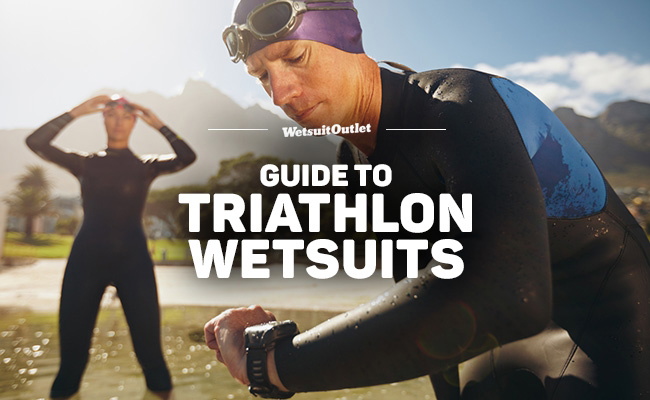







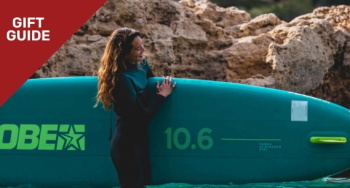

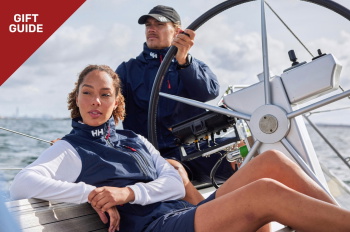
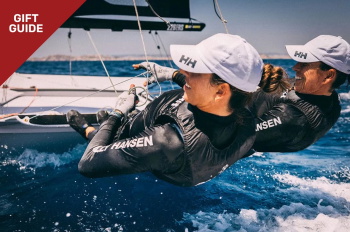
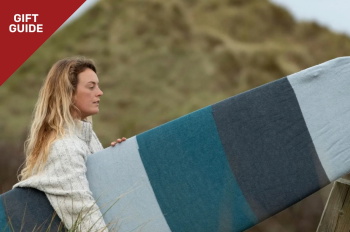
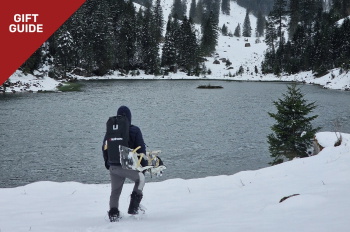
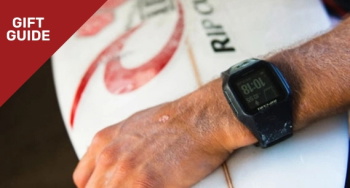
 Visit the US site
Visit the US site  Continue to ES
Continue to ES